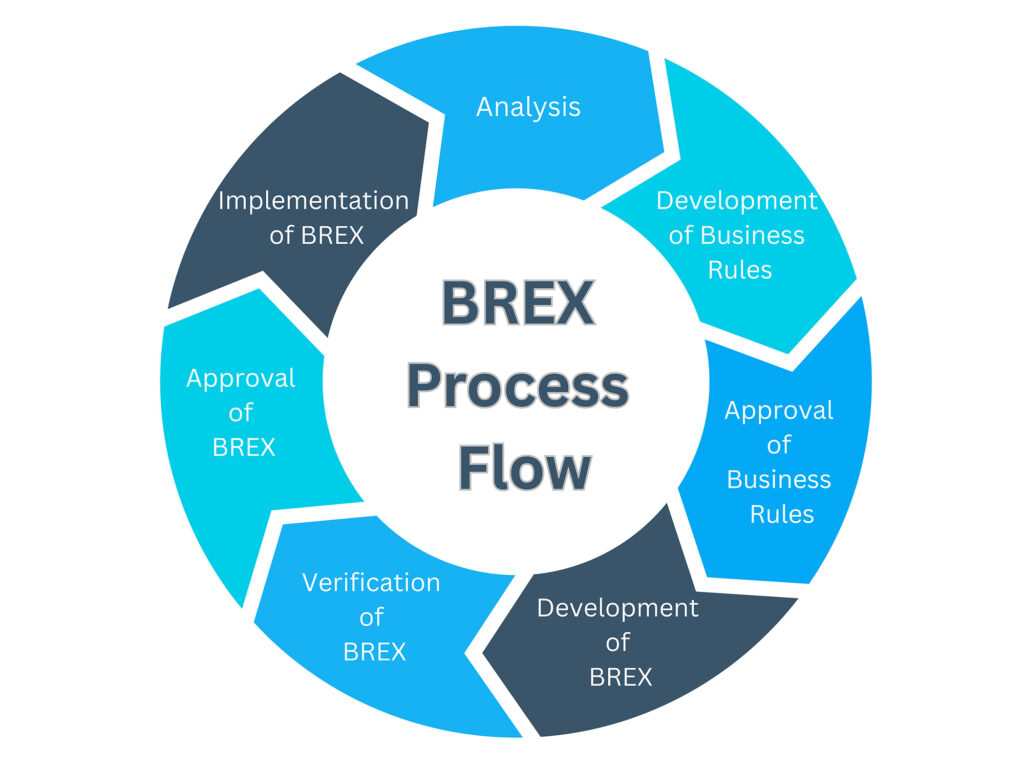The Key Role of BREX in S1000D Projects
Understanding S1000D and BREX
S1000D is an international specification used to develop and manage technical publications, widely applied in the defense, aerospace, and transportation sectors. The key to any successful S1000D project lies in a critical component: the Business Rules Exchange, or BREX. This sophisticated data module (DM) is not just a technical requirement—it is the cornerstone that ensures consistency, compliance, and quality across all project documentation.
What is BREX?
BREX is an XML computer-readable data module that contains the agreed-upon detailed business rules, definitions, and constraints of the project stakeholders. Any data module in an S1000D project points to a BREX, and thus it is the authoritative one to use to verify content validity and conformance to both the S1000D specification and project-specific requirements.
Why is BREX so Important?
- Enforces Consistency and Compliance: The BREX DM is the single point of truth for business rules, which ensures that technical documentation is created and tested against a shared standard set of rules. This is critical in order to validate data integrity and interoperability, especially in large, multi-stakeholder projects.
- Aligns Stakeholders: Making the BREX data module available to all partners and stakeholders guarantees that everyone is aligned regarding the rules and requirements, reducing miscommunication and rework.
- Supports Quality Assurance: Automated tools can validate every data module against the BREX, detecting errors and non-compliance early on. This reduces duplication in quality assurance and reduces costly revisions later.
- Provides Flexibility: While S1000D provides a default BREX, projects tend to require a customized BREX to fit individual project requirements. This flexibility allows organizations to tailor the specification to fit their unique workflows and integration needs.
- Ensures Specification Compliance: As of S1000D Issue 2.2, reference to a BREX data module has been a required element in every data module. With Issue 4.1, this is made mandatory for other Common Source Database (CSDB) objects as well; hence, BREX becomes essential for every compliant S1000D implementation.
The BREX Development Process
Creating a BREX is a strategic initiative that involves the entire organization. Establishing your project’s BREX before you start authoring content offers several key advantages:
- Enables you to define and structure business rules from the outset
- Provides tools to monitor project metrics and ensure rules are consistently applied
- Enhances coordination and communication across teams and partner organizations
- Speeds up project initiation and lowers costs by allowing you to reuse and adapt existing rules
Real-World Benefits of a Strong BREX
A well-thought-out BREX delivers measurable value across the organization:
- Reduced Update and Maintenance Costs: By mandating modularity and reusability, BREX decreases the cost of updates and causes changes to cascade evenly to all documentation.
- Improved Data Quality: Consistent application of business rules leads to improved quality and more accurate technical publications.
- Faster Project Delivery: Simplified validation and reduced rework accelerate project delivery and improve return on investment.
Conclusion
The BREX data module is not just a technical product—it’s the foundation to the success of any S1000D project. With coding of business rules, validation support, and collaboration, the BREX DM ensures technical documentation is right, consistent, and compliant from the beginning. For companies executing high-risk, high-complexity projects, investing in a well-written BREX is not optional—it’s mission-critical.
Related Resources


